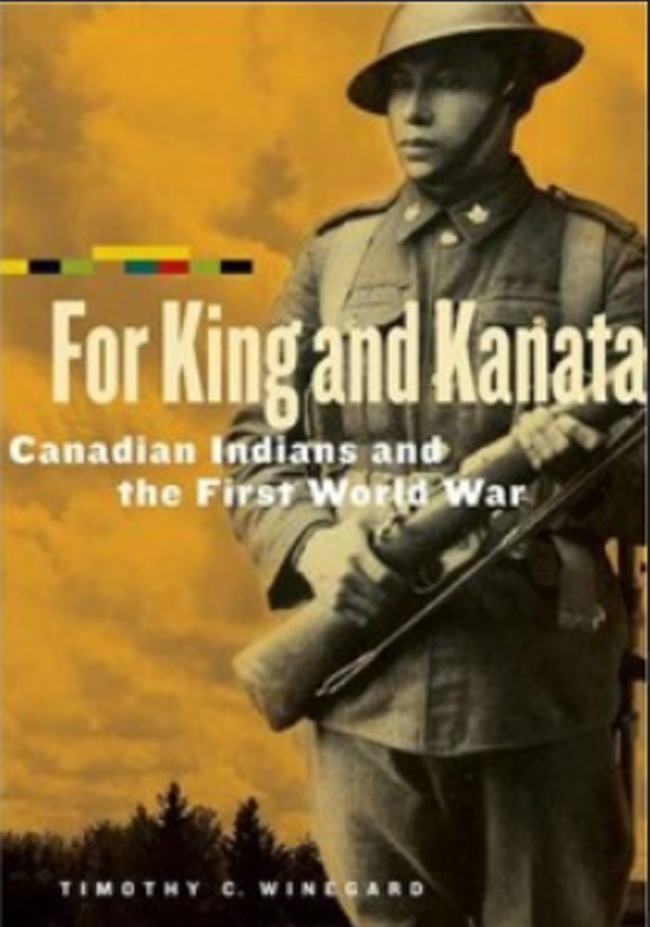Book review: Who were they fighting for?
 Writing to Prime Minister Robert Borden in 1917, the Ontario Committee of the Allied Tribes declared, “We cannot say that we are fighting for our liberty, freedom and other privileges dear to all nations, for we have none.”
Writing to Prime Minister Robert Borden in 1917, the Ontario Committee of the Allied Tribes declared, “We cannot say that we are fighting for our liberty, freedom and other privileges dear to all nations, for we have none.”
This quote captures Timothy Winegard’s goal in For King and Kanata to explore Indian participation in the First World War within the context of Imperial and Canadian policies: why First Nations men from across Canada enlisted, as well as their treatment during and immediately following the war.
Winegard ably shows how the Department of Indian Affairs’ insistence on maintaining control over its wards led to many problems from 1914 to the post-war era. The Department saw enlistment as a stepping stone towards assimilation, not equality.
While the author contributes to our understanding of Indian policy, his book is problematic at times. The use of “Canadian Indians” in the title, undermines his argument that most enlistees did not view themselves as fighting for Canada. He glosses over evidence that many commanders, recruiters, and white enlistees did not want Indians in the service, all in an effort to argue that the military was not racist towards Indians.
Finally, by starting with the Beringia theory of the purported migration of Amerindians from Asia, Winegard wastes pages where he should have discussed in greater detail colonial perceptions and policies relating to Indian military service.
Overall, if you are looking for an Indigenous perspective about Indian military service during World War One, this is not the book to read.
For King and Kanata: Canadian Indians and the First World War
Timothy C. Winegard (Author)
Published January 2012, 240 pages
Paper, ISBN: 9780887557286, 6 × 9, $24.95
Winnipeg: University of Manitoba Press
– Reviewed by Karl Hele


